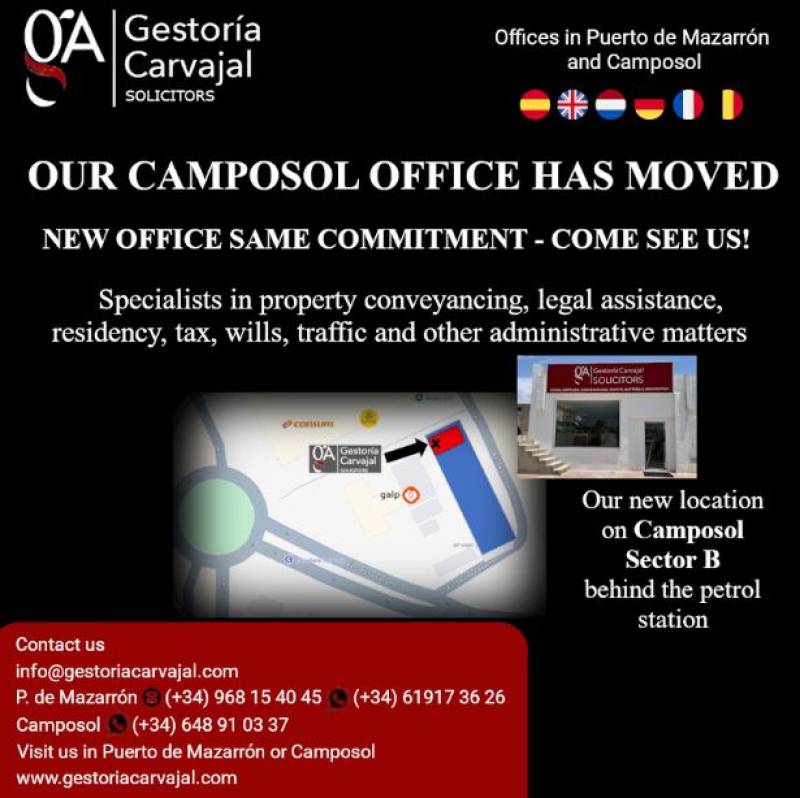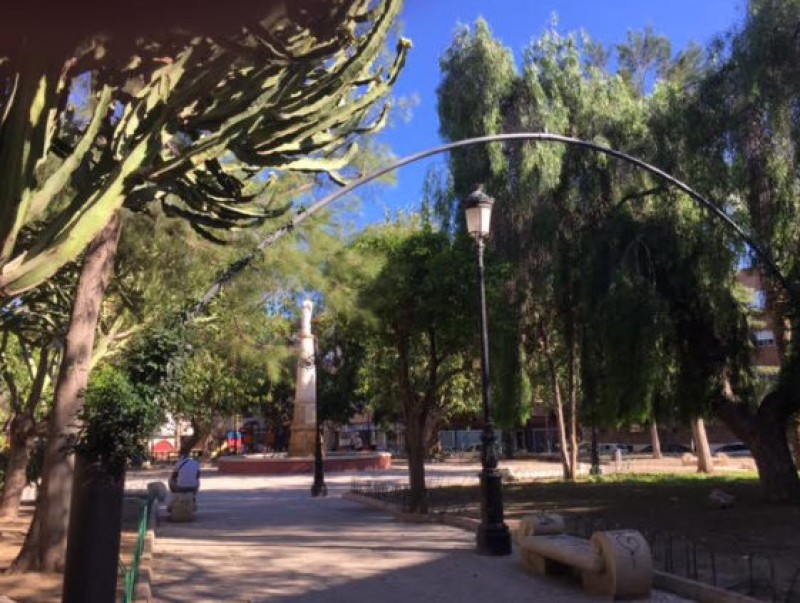- Region
- Vega baja
- Marina Alta
- Marina Baixa
- Alicante
- Baix Vinalopo
- Alto & Mitja Vinalopo
-
ALL TOWNS
- ALICANTE TOWNS
- Albatera
- Alfaz Del Pi
- Alicante City
- Alcoy
- Almoradi
- Benitatxell
- Bigastro
- Benferri
- Benidorm
- Calosa de Segura
- Calpe
- Catral
- Costa Blanca
- Cox
- Daya Vieja
- Denia
- Elche
- Elda
- Granja de Rocamora
- Guardamar del Segura
- Jacarilla
- Los Montesinos
- Orihuela
- Pedreguer
- Pilar de Horadada
- Playa Flamenca
- Quesada
- Rafal
- Redovan
- Rojales
- San Isidro
- Torrevieja
- Comunidad Valenciana
article_detail
Outlying districts of Mazarron: El Mingrano
El Mingrano is on the boundary between Mazarrón and Fuente Álamo
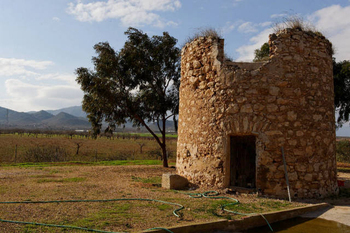 El Mingrano is an arid, mountainous area on the boundary between the municipalities of Mazarrón, Cartagena and Fuente Álamo, characterized by mountain agriculture.
El Mingrano is an arid, mountainous area on the boundary between the municipalities of Mazarrón, Cartagena and Fuente Álamo, characterized by mountain agriculture.
There is very little in the way of documented history for this district although some ceramic remains from the 1st century AD have been found here, along with archaelogical evidence including lead waste and cupellated fragments, which point to the existence of early metal smelting activity. However, it lies some distance from any mineral sources and far enough away from the mining areas of Mazarrón for this not to have been a major activity.
The area has always had pasture land, used mainly by flocks of sheep and goats, and part of the main spring and autumn transhumance route ran through El Mingrano and Balsicas.
In the Middle Ages the area came under the jurisdiction of the Concejo de Lorca, which was in the hands of the Marqués de los Veléz. When the area began to be repopulated in the 16th century, the land belonging to the Concejo was distributed among the new inhabitants to incentivize them to settle in the area, and the abundance of pasture land and freshwater wells proved attractive to the settlers.
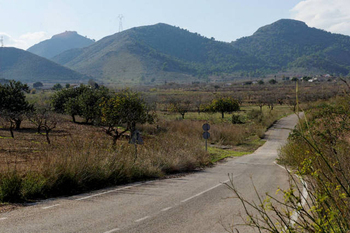 By the start of the 18th century there was already a small church in El Mingrano dedicated to La Purísima. It is a simple building, with a nave and flat roof, and the façade is not decorated in any way apart from a small belfry.
By the start of the 18th century there was already a small church in El Mingrano dedicated to La Purísima. It is a simple building, with a nave and flat roof, and the façade is not decorated in any way apart from a small belfry.
The second half of the century was difficult for El Mingrano, with the effects of a prolonged drought being compounded by outbreaks of typhus and malaria which reduced and scattered the small population.
The village continued to lose inhabitants in the 20th century, when there was a series of poor harvests. On top of this, farming and mining grew in Cartagena and Mazarrón, and many went to earn their living elsewhere. There were still fields of wheat and barley, though, as is evidenced by the flour mill which survives next to the church, surrounded by almond orchards.
The mill has been declared an item of cultural interest and the inside has been partially renovated, giving the original stonework added support by means of a layer of cement. The original doors no longer survive and one has been replaced by a metal door while the other is now bricked up. The structure still has a roof, which is modern, and at the top it is still possible to see the holes in which the sails of the windmill were housed.
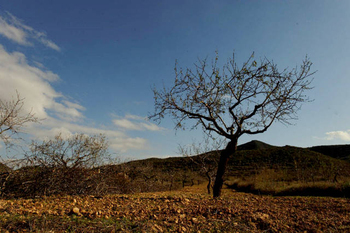 According to the local "padrón" or register of inhabitants, by 2021 the number of residents in El Mongrano had dropped to just 15.
According to the local "padrón" or register of inhabitants, by 2021 the number of residents in El Mongrano had dropped to just 15.
Fiestas
The inhabitants of El Mingrano attend the fiestas of neighbouring towns and villages such as Las Palas. Here the patron saint is San Pedro Apóstol, whose feast day falls on 29th June, and the fiestas last for ten days, including all types of cultural activity and entertainment.
Property in El Mingrano
Traditional country properties in El Mingrano are mainly simple, having been used in the past by farmers, and whilst the fresh air which inevitably results from farming activity may not bother some, it's good to be aware of it when buying!
There are several properties owned by ex-pats, some traditional farming cottages and others far more modern. Driving is necessary to reach shops or medical facilities, the nearest being Las Palas, which does have a medical centre, a chemist's and a supermarket as well as bars, restaurants and social centre.
The nearest 24-hour emergency medical cover is in Fuente Álamo.
Los Altos de Las Palas
This residential development was built to offer town-style residences in the countryside, but the properties failed to sell due to their being overpriced for the local market. At the same time, the location failed to attract overseas buyers.
Where is El Mingrano?
For more local information including news and what's on visit the home page of Mazarrón Today.
staff.inc.ali
Loading
Sights to see in Mazarrón
article_detail
Contact Murcia Today: Editorial 000 000 000 /
Office 000 000 000



